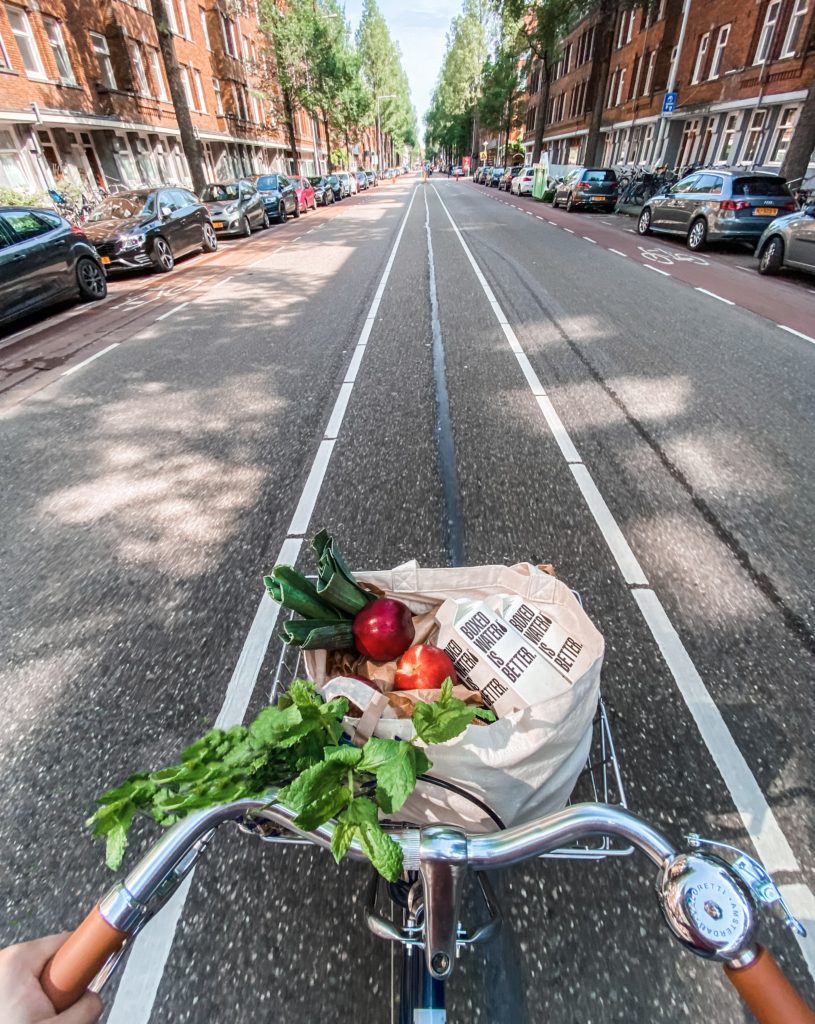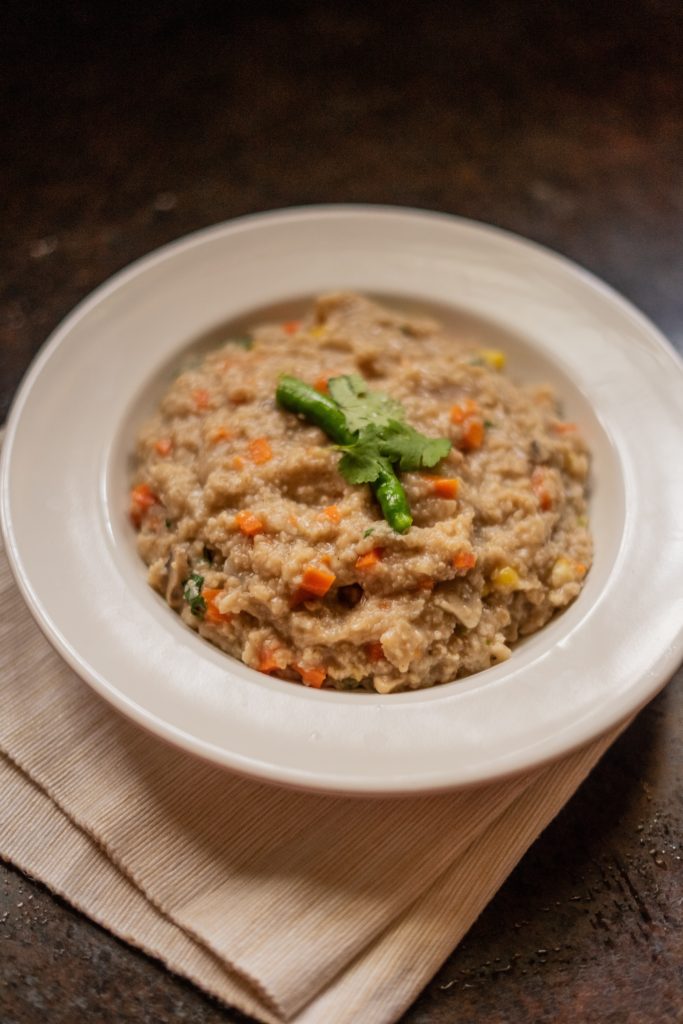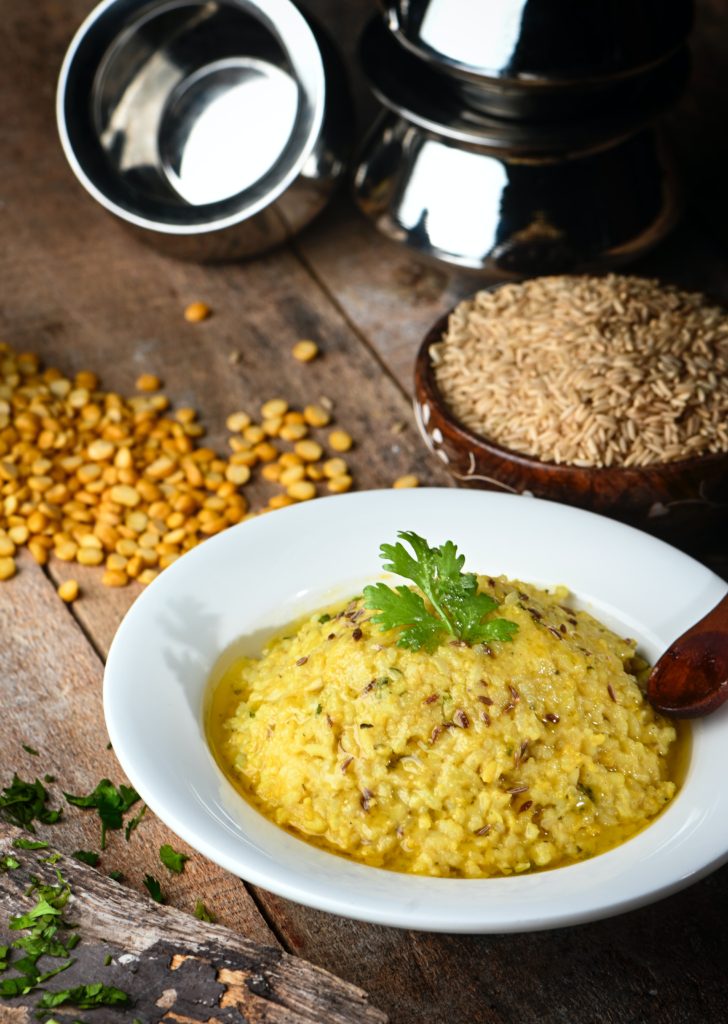
Detox Fasts – For Supreme Health & Wellness Integration
When there is absence of food in the viscera during fasting, body brings about digestion of the metabolic toxins, kindles the digestive fire, removes the blockage in the channels, and thereby helps in minimizing the outcome as well as occurrence of disease. Although, in case you are following remedial methods of fasting for detoxification and healthgain, you would also need to take diet which is easy for digestion and may be in need of a good appetizer soon after fasting, especially in the diseases with moderate intensity. Ayurveda recommends some of the types of fasting which includes Kitchadi, herbal teas, drinking plenty of water, and liquid diet with raw or preferably lightly cooked vegetables that needs to be taken as per the constitution of an individual.
Khichadi – Ideal Detox Diet for Dosha Balancing

Khichadi is simple diet prepared with rice, mung dal (lentils) and water. Whereas it is light food easy to digest, nutritious and filling; at the same time it stimulates and invigorated the agni or the gastric fire. Therefore, the simple detox diet of Khichadi is considered to be comforting, appetising and detoxifying and is essentially considered as fundamental diet of Ayurvedic nutritional healing. When we consider balancing of the three varied doshas viz. Vata, {Pitta and Kapha, khichadi is most workable option as it is tridosha balancing i.e. this detox diet balances all the three doshas or the body humors efficiently. And it is for this reason that Khichadi is also served after a panchakarma treatment as it helps in flushing out toxins from the body.
For preparing simple khichadi diet for dosha balancing and detoxification, heat some ghee in a pressure cooker and add some digestive condiments and herbs like cumin seeds, black peppercorns, few bay leaves, a pinch of asafoetida and thyme or ajawain, freshly chopped onions, ginger, garlic and sauté until all ingredients are light brown. Add to this half to 1 teaspoon of turmeric powder and rice and mung dal (prior soaked for about one hour). Add water and salt to taste and pressure cook for about 5 minutes or until soft. You may add some ghee and add freshly chopped herbs like coriander and mint leaves and take it hot.

Khichari – 3 types of Light Diet
As and when you take to fasting, and also when you opt for light and at the same time nourishing diet, Ayurveda recommends three types of Khichadi. Whereas this diet is light and invigorating for the working of the agni or the gastric fire which takes care of the efficient process of digestion, Khichadi is also believed to be a nourishing and detox diet.
-
Manda Khichadi
This is more of a liquid diet (and more notably as a drained liquid), which is advised for fasting, taking up detox therapies, having weak and delicate digestion and in case of general debility. In the preparing of Manda type of Khichadi, one part rice and mung dal is cooked in eight parts of water. This type of khichadi is more like a soup which is to be taken in the form of small sips and helpings.
-
Peya Khichadi
This type of khichadi is slightly thick. Peya type of khichadi is in the form of liquid gruel. This would be prepared by cooking one part of rice and mung dal in six parts of water.
-
Vilepi Khichadi
Vilepi is the gruel paste khichadi. This is more filling and yet light on the abdomen and the digestive system. This needs to be prepared by adding four parts of water to one part rice and mung dal.
All the 3 types of khichadis are prepared more or less in the same way, yet these require different quantity of water. The mung dal may be used either in split form, or used as the whole and you may add some seasonal vegetables and spices like ajawain (bishop’s weed) and haridra (turmeric) to the same.

Fasting For Dosha Balancing
The duration for fasting mainly depends upon the dosha involved like, Kapha disorder requires longer fasting and Vata Dosha requires shorter fasting duration.
Balancing according to your dosha constitution as follows:
-
Vata Balancing Detox Diet
A simplified mono-diet of kitchari for one to two days is much less vata-provoking than a fruit or juice cleanse, and is certainly better than an all-out fast. Also Vata detox diet instructs to consume ama-reducing foods and vegetarian foods which are light, warm and easily digestible e.g., fruits, vegetables, soups, whole grains and spices like cinnamon, nutmeg, ginger, cloves & cardamom. Some foods are to be avoided like heavy meats, refined sugars, refined grains, processed and packaged foods also the non-organic, canned or frozen ones. Certain fruits and vegetables such as most dried fruits, raw apples, cranberries, pears, artichokes, Brussels sprouts, celery, eggplant, kale, broccoli, fresh corn and raw onions are also better to be avoided in case of Vata dosha balancing with detox diet. Few recommended diet options for vata dosha are grains like quiona, barley and small portions of rice, fresh whole-grain flat breads, Mung bean soup, warm milk, sweet fruits such as cooked apples, apple-sauce, apricots, bananas, cherries, coconuts, grapefruits, grapes, kiwi and lemons; and vegetables like asparagus, beets, cooked cabbage, carrots, cauliflower, green beans, raw or cooked spinach, cooked radishes, green chilies, leafy vegetables and pumpkin.
-
Pitta Balancing Detox Diet
Foods that are dry, mild, cooling, grounding, stabilizing, and dense help to balance excess pitta. Liquid diet with raw lightly cooked veggies benefits most (blending together a variety of dark, leafy vegetables with fiber like psyllium husk, oats bran or ground flaxseed, and a dash or two of turmeric) fasting for up to three days. Most grains, milk, root vegetables, seeds, and cooling oils are good examples. Fiery hot, spicy, extremely sour and overly salted foods with a sharply warming energetic, alcohol, and caffeine must be avoided for correcting the pitta dosha imbalance. The detrimental potential of these unavoidable foods can be minimized by adding or serving small quantities of cooling herbs and spices like coriander, cumin, fennel, mint, etc.
-
Kapha Balancing Detox Diet
Drinking only warm water, juices and detoxifying herbal teas are beneficial, and Kapha dosha types can usually fast for longer periods of up to five days. The ingredients of Kapha tea beneficial in balancing and detoxifying Kapha dosha includes 1 teaspoon cumin seeds, ½ teaspoon coriander seeds, 1 cinnamon/ licorice stick, 10 fresh basil leaves & lemon juice.
About the Author
Dr Sonica Krishan is Author and Speaker in Healthy and Joyous Living through Ayurveda, Meditation, Yoga and other Contemplative practices. She is a leading Ayurveda Professional in India. She is also Health Writer, Columnist, Editor, Ayurveda Consultant and Holistic Healing Coach. Dr Sonica is open for National as well as International Collaborations with interested people / institutions in fields of Ayurveda, Meditation and Yoga.
Dr Sonica Krishan’s Books are available at Amazon
Related Posts
Ayurveda Fasting For Boosting Digestion
8 Reasons Why Fasting Is Essential For Holistic Health And Balance
